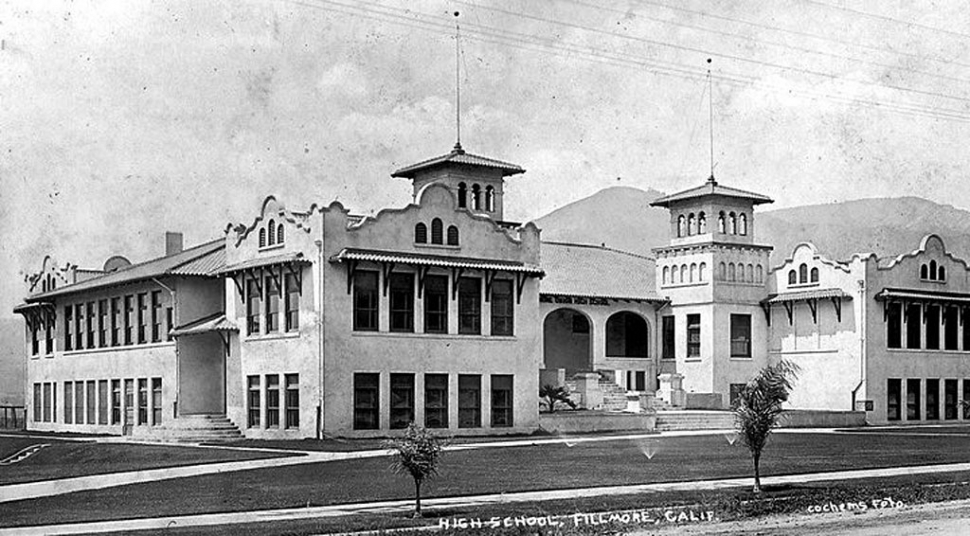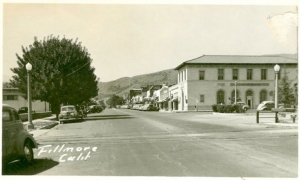|
CI faculty member leads effort to assess long-term effects of Gulf oil spill
 Sean Anderson, Assistant Professor of Environmental Studies at CSU Channel Islands (CI). By Anonymous — Wednesday, September 29th, 2010
 Camarillo, Calif., Sept. 29, 2010 - Sean Anderson, Assistant Professor of Environmental Studies at CSU Channel Islands (CI), has had a long involvement with the Gulf Coast of Louisiana. He started teaching at CI immediately after Katrina and found himself altering his course work so that he and his students could focus on coastal wetland loss and make sense of the increasingly frustrating daily headlines emanating from the Gulf that summer and fall of 2005. His students became so involved that they mobilized with students across CI to raise money for the Red Cross but wanted to do yet more to help. With that as a catalyst, Anderson began to organize yearly trips to New Orleans with spring 2011 being his fifth trip. Through the years students have helped with all manner of reconstruction and worked deeply with Woodlands Trail and Park, where they are monitoring the long-term impacts from Katrina on the region’s wetlands and undertaking a large-scale swamp restoration. The group’s work was key in securing $40,000 from FEMA to restore public access to the site initially and more recently seed monies from several local funders to begin the initial phases of their long-term restoration. Anderson’s class expanded last year to include students and faculty from both Oregon State University and the Santa Monica Bay Restoration Foundation, who brought their talents in agriculture and stormwater management to bear and expanded students’ work to creating sustainable community food gardens for residents of Orleans and Plaquemines Parish. After BP’s oil spill, Anderson began getting inquiries from colleagues as to what could be done. There was no money at that point to do anything, but he thought a national group of academics, scientists and researchers could be pulled together with the idea of coming up with, as he puts it, “…a thousand mile high, big picture.” As Anderson explained, “There is a lot of research going on right now, lots of little pieces that do not necessarily come together to form a valuable overall piece. While some research has begun, BP has over half a billion dollars to give out for long-term research. The problem is that what little data has been gathered to date hasn’t generally been made available to the public or to the scientific/research community.” Anderson felt that a critical part of the puzzle was missing. Someone needed to define the problems in a way that didn’t compete with local efforts. He pulled together a group of 23 individuals interested in working on this major overview of the situation in the gulf: the scope of the problems; what data to collect and how to collect it. They asked BP for funding to accomplish their study and had no response. NCEAS was approached. Located in Santa Barbara, NCEAS, the National Center for Ecological Analysis and Synthesis, allows scientists to undertake collaborative research on major ecological problems. This request for funding was unorthodox, but, as this was a special case, NCEAS not only made funding available but fast-tracked his request. The first meeting of the group took place this September at Dauphin Island Sea Lab in Alabama. The group is made up of academics, private sector scientists, and one biologist from the U.S. Fish and Wildlife Service who had worked on the Exxon Valdez spill. The first task was laying out a conceptual framework for scientists, managers, the media and general public to help them better understand what the spill has done and might do in the future. As originally envisioned, the group will work through November of 2011. As of the initial staunching of the well on July 15, 2010, approximately 209 million gallons of crude oil and roughly one third of the global supply of chemical dispersants have been released into the northern Gulf of Mexico. Most of the work done to date has involved the study of immediate toxicity of this blend of pollutants to the environment and wildlife. Anderson and his group felt it was essential to create a broad-based, long-term overview of the potential ecotoxicological effects of the disaster. It is not enough to know if this oil mixture readily kills wildlife. Rather we also need to assess long-term effects such as changes in reproduction and alteration of future growth rates, the so-called sub-lethal effects. Anderson emphasized that, “The biggest challenge for our group is the lack of data from both BP and the federal government, and it seems likely that much has not been released in light of future lawsuits.” “We will be releasing our first white paper, the conceptual overview, in about three weeks,” Anderson stated. “We will bring clarity to the issue as we have a good collective knowledge as to what oil does.” Anderson further stated, “This oil spill appears to have novel aspects that are not yet thoroughly understood. We hope to clarify them. The spokespeople presenting the popular characterization of the spill have not explained it in the right way and our paper will seek to rectify this.” Sean Anderson believes, “This is a once in a lifetime opportunity to learn about the Gulf and shame on us if we don’t do it right.” CSU Channel Islands is accredited by the Accrediting Commission for Senior Colleges and Universities of the Western Association of Schools and Colleges. CI Mission Statement |
